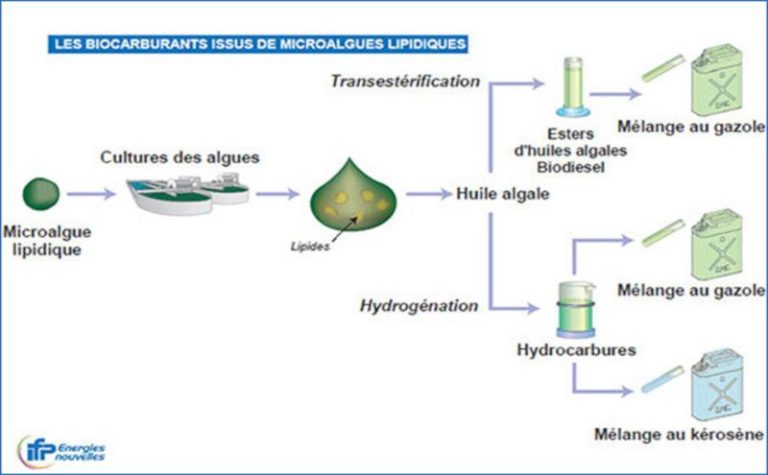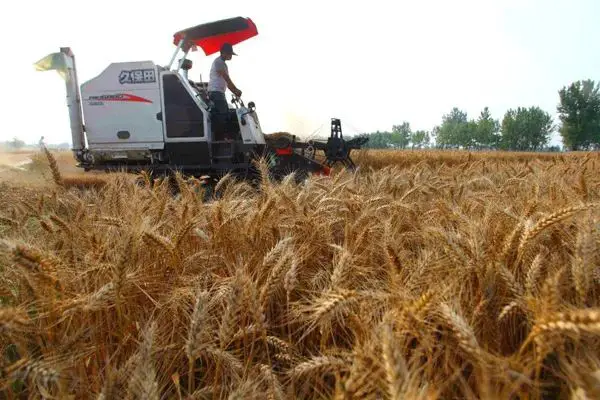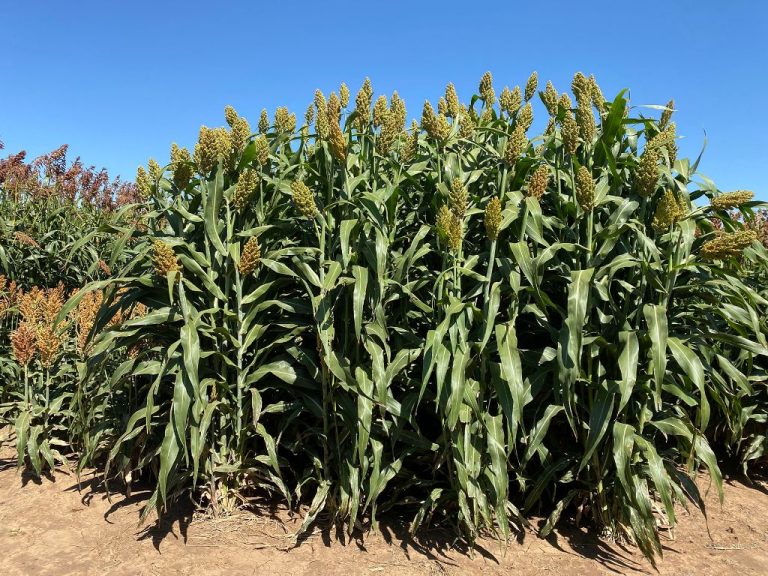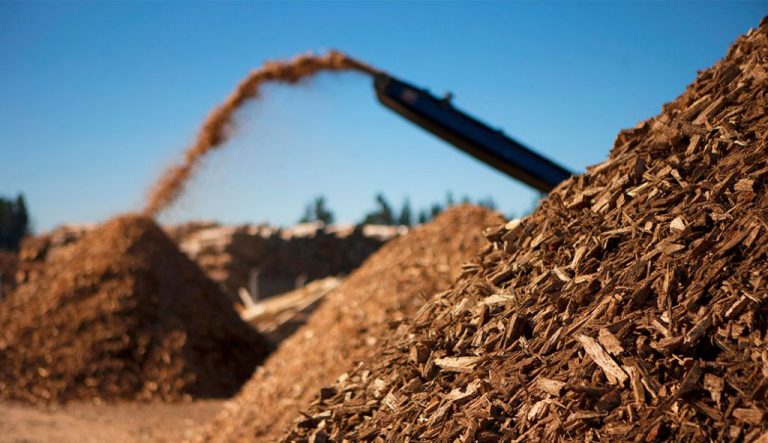Is Biomass A Good Or Bad Thing?
Biomass energy is renewable energy from plants and plant-derived materials. According to the U.S. Energy Information Administration, biomass is “any organic matter that is available on a renewable or recurring basis, including dedicated energy crops and trees, agricultural food and feed crops, agricultural crop wastes and residues, wood wastes and residues, aquatic plants, animal wastes, municipal wastes, and other waste materials.”
Biomass contains stored chemical energy from the sun. Plants absorb the sun’s energy through photosynthesis to convert carbon dioxide and water into nutrients (carbohydrates). When biomass is burned, the chemical energy is released as heat and can be used to generate electricity and other forms of power.
Some of the most common types of biomass used for energy include wood, plants, waste, and alcohol fuels. Using biomass for energy has both advantages and disadvantages in terms of sustainability, cost, reliability, scalability, and more. This article provides an overview of biomass energy and an analysis of its pros and cons.
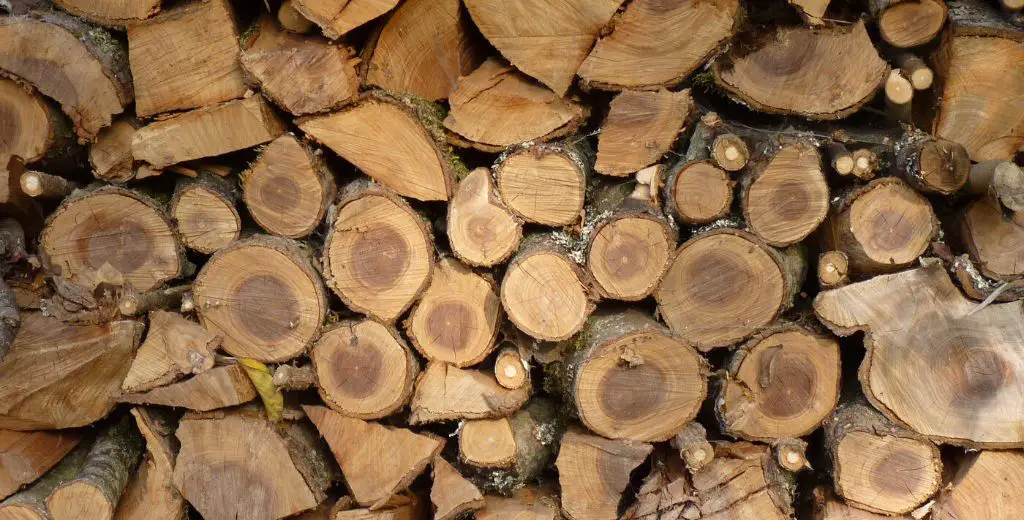
Pros of Biomass
One of the main benefits of biomass is that it can be considered carbon neutral or low carbon when compared to fossil fuels like coal and natural gas. When biomass such as trees and plants grow, they absorb carbon dioxide from the atmosphere. When biomass is burned for energy, it releases the carbon absorbed by the plants back into the atmosphere. This results in no net addition of carbon to the atmosphere, making biomass carbon neutral in theory. According to the U.S. Energy Information Administration, biofuels like ethanol and biodiesel can be considered carbon neutral because the carbon released when burned was recently absorbed from the atmosphere during plant growth.
However, some scientists argue that biomass is not completely carbon neutral because burning biomass emits carbon immediately while regrowing trees and plants can take years or decades to reabsorb the released carbon. There are also carbon costs associated with collecting, processing, and transporting biomass feedstocks. But even if not 100% carbon neutral, most experts agree biomass emits significantly fewer greenhouse gases than fossil fuel sources.
Cons of Biomass
One of the major cons of biomass is the air pollution generated from burning it. Biomass combustion produces several pollutants that negatively impact air quality and human health, including carbon monoxide, carbon dioxide, particulate matter, and other organic compounds.
According to research, exposure to biomass smoke is a major risk factor for acute respiratory infections, tuberculosis, chronic obstructive pulmonary disease, lung cancer, asthma, and cataracts, especially among women and children who spend more time indoors near the domestic hearth where biomass is burned (Indoor air pollution from biomass fuel smoke is a major health hazard in developing countries).
Studies show biomass combustion leads to emissions of black carbon, methane, and other pollutants that negatively impact air quality and have climate effects as well (Air Quality and Climate Impacts of Biomass Use as an Energy Source). Controlling and reducing these emissions is an important consideration when using biomass as an energy source.
Sustainability
The sustainability of biomass energy depends greatly on the source of the biomass and whether new plants are replanted to replace what is harvested. According to a bioenergy sustainability analysis from the National Renewable Energy Laboratory, biomass from waste products or sustainably harvested crops that are replanted can be quite sustainable. However, an OPG report found that large-scale biomass harvesting from forests may not be renewable if new trees are not replanted.
Overall, the sustainability of biomass depends on the specific source and harvesting practices. Biomass from replanted crops or waste streams can be sustainable, while large-scale harvesting without replanting trees may not be. Careful analysis is needed to ensure biomass energy production does not deplete resources faster than they can regenerate.
Cost
Biomass energy can be more expensive than other renewable energy sources like wind and solar, but is often cheaper than fossil fuels. According to Comparing Costs, in 2025 biomass is estimated to cost between $3,400-$4,250 per kW, while solar and wind will cost under $3,000 per kW. Fossil fuels like coal and natural gas can cost $2,500-$4,000 per kW.
The economics of biomass depends heavily on the feedstock and type of technology used. According to The Economics of Forest Biomass Production, co-firing biomass with coal costs around $50-300 per kW, while dedicated biomass power plants are estimated to cost $3,500-$4,500 per kW. The cheapest forms of biomass utilize waste residues, while energy crops and imported wood pellets are more expensive.
Overall, biomass tends to be more expensive than wind and solar but can be cost competitive with fossil fuels. The costs vary widely based on the specific technology and feedstock used.
Reliability
Biomass can provide consistent, reliable baseload power compared to intermittent renewable sources like wind and solar. As this source explains, biomass offers a renewable, dispatchable energy source that can balance the grid and supply baseload power when wind and solar are unavailable. Traditional baseload plants like coal, nuclear, and natural gas provide consistent power, but are not renewable. Biomass can serve as a renewable replacement for fossil fuel baseload.
Compared to intermittent renewables that only generate when wind and sunlight are available, biomass can be dispatched on demand to meet base load needs. As this source describes, baseload power is valued for its cost efficiency and reliability at optimal levels. Biomass provides reliable green baseload power, as this article explains, holding a key role in transitioning the grid away from fossil fuels while maintaining reliability.
Scalability
Biomass has significant potential for scaling up to meet increasing energy demands. According to one study, biomass could potentially provide 200 EJ/year of energy globally by 2050, accounting for over 20% of total primary energy supply [1]. However, there are some limitations to the scalability of biomass.
A key challenge is that the availability of biomass resources is geographically dispersed. Transporting and processing bulky biomass feedstocks adds to costs and logistical complexity as production scales up [2]. There are also concerns that large-scale biomass production could compete with food production for land use.
Southeast Asia is considered to have significant potential for scaling up bioenergy, with abundant biomass resources from agriculture and forestry residues. However, infrastructure, financing, and sustainability considerations need to be addressed [3]. Overall, experts conclude that a mix of biomass sources and conversion technologies will be needed to scale sustainably.
Land Use
The growth in demand for biomass energy will require large amounts of land to grow dedicated energy crops. According to the IEA, bioenergy could require up to 380-700 million hectares of land globally by 2050, which is about the size of India. This significant land use change could have major impacts on the environment and biodiversity (IEA).
Large scale monoculture plantations of energy crops like corn can reduce biodiversity and soil health. Endless fields of corn offer little habitat for wildlife. Fertilizer and pesticide use can also pollute waterways. However, certain planting and crop rotation practices can make biomass production more sustainable (Vera).
There are also concerns that energy crops may displace food crops, resulting in higher food prices. Bioenergy projects need to carefully consider land use impacts and balance energy needs with food security and conservation.
Alternatives
Biomass energy has some downsides compared to other renewable energy sources like solar, wind, geothermal and hydropower. Each renewable source has its own advantages and disadvantages.
Solar and wind energy have become very cost effective in recent years. The fuel source (sunlight and wind) is free. While the upfront costs of building solar and wind farms can be high, the operating costs are low once built. Solar and wind farms also don’t require large amounts of land like biomass energy. However, solar and wind are intermittent sources dependent on weather and daylight. Energy storage and transmission remain challenges.[1]
Geothermal energy similarly has low operating costs once built, and provides constant baseline power. However, high upfront drilling costs limit its scalability, and geothermal sites are geographically limited. There are concerns about induced seismicity from geothermal drilling. [2]
Hydropower is a mature renewable technology that provides reliable baseload power. But suitable dam sites are limited, and building large dams can cause environmental damage. Run-of-river hydropower has less impact but lower output.[3]
Compared to these options, biomass can provide more reliable baseload power than solar/wind while requiring less geographic specificity than geothermal/hydropower. However, biomass generally has higher fuel costs than these alternatives. The best solution is likely utilizing a mix of renewables based on local resource availability.
Conclusions
In summary, there are both pros and cons to using biomass as an energy source. On the pro side, biomass can provide a renewable and sustainable source of energy, support rural economies, and reduce dependence on fossil fuels. The primary cons are that biomass can be expensive, compete with food production for land use, and still produce some carbon emissions. Overall, biomass holds promise as part of a diverse renewable energy portfolio, but should be carefully implemented to maximize sustainability and benefits.
Whether biomass is “good” or “bad” depends on the specific circumstances of its production and use. With responsible policies and practices, biomass can be an effective part of our energy future. But it requires striking a balance between scaling production and minimizing negative impacts. Further research and development may continue improving biomass technology and best practices. But all energy sources have tradeoffs – the key is using biomass strategically as part of a broader transition toward clean energy.

